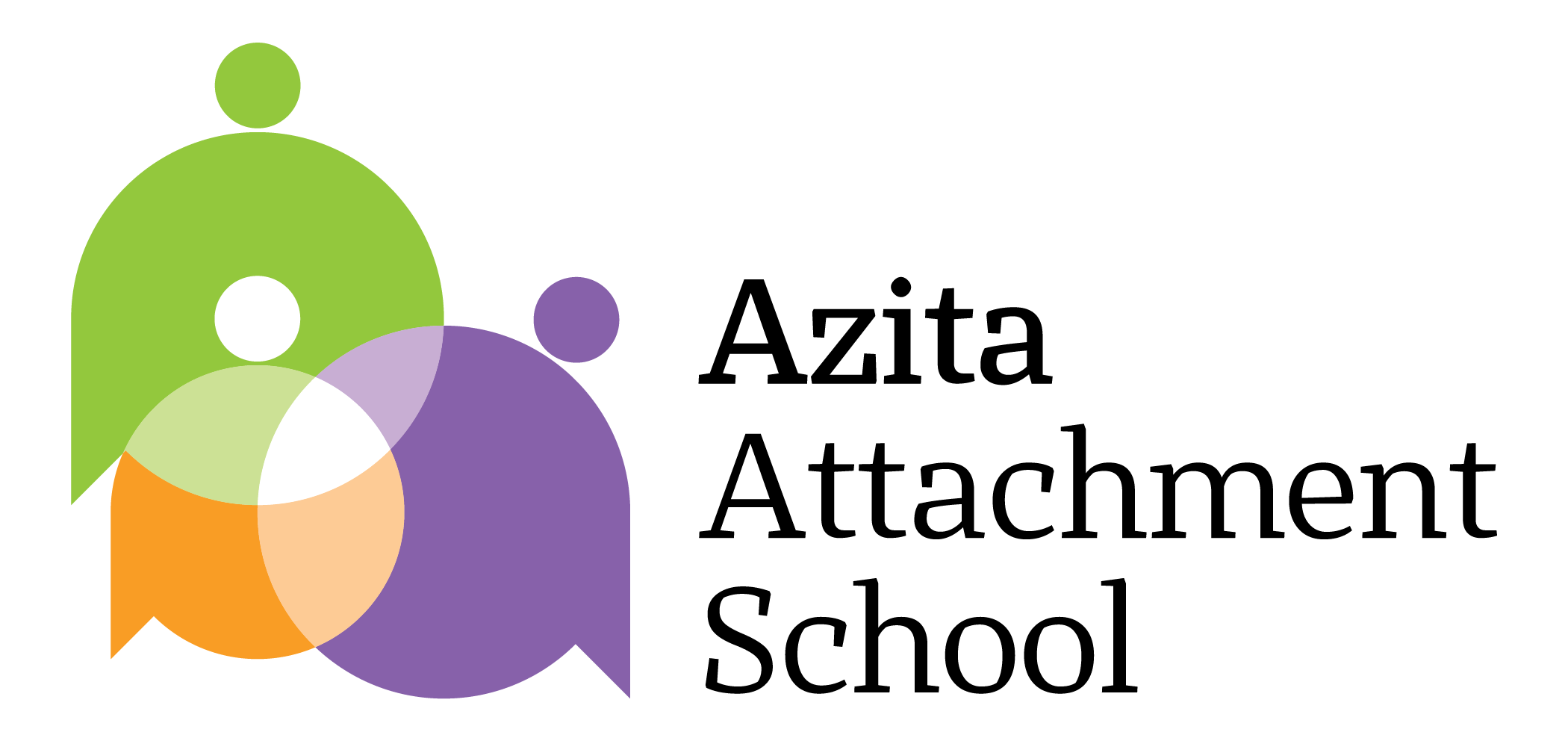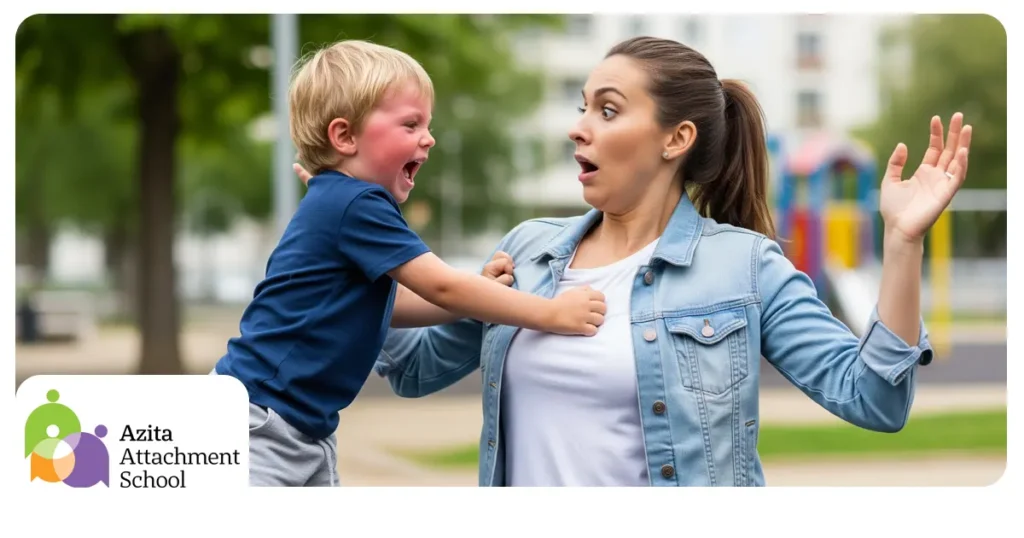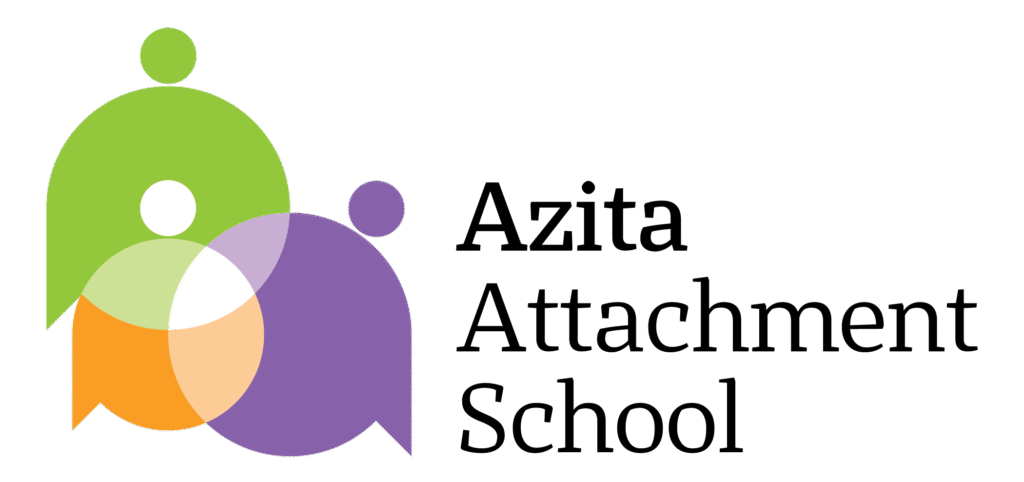Child-to-Parent Abuse: Causes, Consequences & Step-by-Step Interventions
Child-to-parent abuse (CPA) is a hidden family taboo. Explore its causes, differences in children vs adolescents, parents’ silence, case studies, and practical healing steps.
Introduction
When we talk about family violence, we usually picture parents harming children. Yet, another form of violence exists—less visible but deeply damaging: Child-to-Parent Abuse (CPA). In this phenomenon, a child or adolescent uses verbal aggression, physical violence, intimidation, or emotional manipulation against their parents. Despite its seriousness, CPA remains a taboo subject, leaving parents isolated, ashamed, and without adequate support.
Historical Background and Research
The concept of child-to-parent abuse first appeared in academic literature in the 1970s. One of the earliest studies was conducted by Cottrell (1979) in Canada, highlighting cases of adolescents—especially boys—using aggression toward their parents to establish control.
Over the last two decades, research from the UK, USA, Spain, and Australia has framed CPA as a less-recognized form of domestic violence. A large-scale study in the UK (Condry & Miles, 2014) revealed that nearly 10% of families have experienced adolescent violence toward parents.
Recent studies (Holt, 2016; Simmons et al., 2018) emphasize that CPA occurs not only in families with existing domestic violence but also in seemingly stable homes. Key risk factors include difficulties in emotional regulation, academic pressure, insecure attachment, and unresolved intergenerational trauma.
Child vs. Adolescent Abuse: Key Differences
- Children (6–12 years old):
Aggression at this age often manifests as yelling, tantrums, kicking, or throwing objects. The roots are usually found in poor emotional regulation, ADHD, anxiety, or modeling aggressive behaviors from parents, siblings, or media. This aggression is often reactive and short-lived, though it can still be frightening for parents. - Adolescents (13–18 years old):
Aggression in adolescence tends to become more organized and intentional. Teens may use threats, insults, intimidation, or physical attacks to control parents or get their way. At this stage, identity struggles, peer pressure, substance use, and power struggles with parents play a stronger role. Adolescent abuse is more likely to escalate if not addressed early.
Why Do Parents Stay Silent?
Despite the severity of CPA, most parents never speak about it openly. Reasons include:
- Fear of judgment: “People will think I am a bad parent.”
- Shame: Parents feel embarrassed that they cannot control their child’s behavior.
- Protecting the child: Fear that reporting will label the child as “violent” or involve law enforcement.
- Emotional attachment: Parents may minimize the abuse because they still love and empathize with their child.
This silence, however, allows the cycle of abuse to deepen, leaving both parent and child without help.
Case Study
Mary, a 45-year-old mother of a 15-year-old son:
“My son started yelling and throwing things at age 12. Later, he began pushing and threatening me. I never told anyone because I thought they would say I was a bad mother. Over time, I even felt unsafe in my own home. When we finally went to therapy, I realized his aggression came from anxiety and academic stress. With family therapy and emotional regulation training, he started to change.”
This case illustrates that CPA is rarely about “bad kids” or “bad parents.” Instead, it often arises from a mix of emotional, developmental, and family stressors.
Consequences of Child-to-Parent Abuse
- Psychological impact on parents: anxiety, depression, loss of confidence.
- Family system disruption: unsafe home environment, conflict between parents, negative effects on siblings.
- Social impact: family isolation, school problems, possible delinquency.
- Intergenerational cycle: adolescents who abuse parents may replicate abusive patterns in adult relationships.
Step-by-Step Interventions
- Acknowledging the problem: Silence will not solve it; recognition is the first step.
- Safe conversations: Address the issue during calm moments, not during conflict.
- Setting boundaries: Parents must clearly state that aggression is unacceptable.
- Professional help: Engage child/adolescent psychologists, family therapists, or parent coaches.
- Emotional regulation training: Teach children/teens to express anger in healthy ways.
- School and community involvement: Coordinate with teachers, counselors, or social services.
- Emergency support: In severe cases, when safety is at risk, seek legal or crisis intervention.
Practical Guidance for Parents
In the moment of aggression:
- Stay calm and avoid escalating the situation.
- Create physical space to ensure safety.
- Say: “I will talk to you when you are calm.”
After the aggression:
- Listen to your child’s feelings without judgment.
- State clear consequences (e.g., reduced screen time).
- Reaffirm the relationship: “I love you, but aggression is not acceptable.”
For long-term prevention:
- Build positive family moments (play, shared meals, conversations).
- Practice empathy, but maintain parental authority.
- Seek professional and social support—don’t isolate yourself.
Breaking the Taboo
Why is CPA so rarely discussed? Because it reverses our cultural image of family: parents as protectors and children as vulnerable. When the roles flip, families feel stigmatized. However, breaking the taboo is essential. Only by acknowledging CPA as a real issue can we:
- Reduce parental shame.
- Increase awareness in schools, clinics, and community programs.
- Create prevention and intervention strategies that support both parent and child.
Conclusion
Child-to-parent abuse is a silent crisis—a form of family violence that remains hidden under layers of shame and stigma. It is not about “bad parenting” or “bad kids,” but about unmet emotional needs, insecure attachment, and difficulties with emotional regulation.
By recognizing the problem, breaking the silence, and using trauma-informed, step-by-step interventions, families can move from fear to safety, and from shame to healing.


